3 Cumin Spice Substitutes That Still Add Warmth
Cumin is a warm, earthy spice fundamental to many cuisines, but it can be replaced thoughtfully when missing.
Ground coriander shares a similar citrusy undertone and pairs well with cumin’s flavor profile.
Caraway seeds add nutty, slightly peppery notes suitable for breads and stews.
Chili powder or smoked paprika can mimic cumin’s depth in spicy dishes.
Combining several spices may recreate cumin’s complexity better than one alone.
Adjust substitutions according to your recipe’s flavor balance and intensity.
Armed with these options, you can confidently maintain your dish’s authentic character.
The Distinct Flavor Profile of Cumin
Cumin brings a warm, earthy taste to dishes that makes it easy to spot in many world cuisines:
Why Replace Cumin?
Sometimes, replacing cumin in a recipe becomes necessary due to allergies, taste preferences, or simply running out of the spice:
Warm and Earthy Cumin Spice Alternatives
Warm, earthy depth remains in cumin spice replacements, some adding a citrusy or smoky undertone. Curries, soups, and marinades all adapt well. Several spices could keep your recipes bold and satisfying.
Curry Powder
Curry powder stands as an excellent substitute for cumin since cumin is a key ingredient in most curry blends, making the swap quite natural in many recipes.
The rich mix typically contains about 20 ground herbs and spices including ginger, cardamom, turmeric, coriander, fenugreek, black pepper, and cinnamon, creating a warm, aromatic flavor profile with distinctive yellow coloring.
Many cooks appreciate how curry powder works particularly well in Indonesian and Malaysian dishes where cumin would normally feature.
Just remember that the turmeric in curry powder will give your dish a notable yellow tint, which might affect the visual presentation.
Chili Powder
Chili powder serves as a reasonable replacement for cumin since cumin is actually one of its key ingredients.
Many people don't realize that chili powder typically contains paprika, garlic powder, oregano, cayenne, and onion powder, which adds extra richness to your dishes.
This substitution works perfectly in recipes like pinto beans but might not complement Indian curries due to its different flavor profile.
The paprika and cayenne in chili powder will give your meal a more reddish color than pure cumin would provide.
For best results, just use half the amount of chili powder as the cumin called for in your recipe.
Fennel Seeds
Fennel seeds make a great substitute for cumin when you're in a pinch, though their anise-like, licorice flavor differs from cumin's earthy smokiness.
Members of the same parsley family, these seeds can replace cumin in both ground and whole seed form - simply pulverize fennel seeds in a coffee grinder for a few seconds to create the ground version.
For best results, start with half the amount of cumin called for in your recipe, then add more gradually until reaching your desired flavor intensity.
The subtle difference might actually enhance certain dishes, giving them an unexpected twist that guests may find intriguing.
Flavor Layering: How to Build Earthiness Without Cumin
Earthy flavors give food a sense of warmth and depth, and while cumin is a favorite for this, you can create similar layers with other easy-to-find spices and simple cooking tricks:
Commonly Asked Questions About Swapping Cumin
1. What can I use instead of cumin in a recipe?
Ground coriander, chili powder, or curry powder are common substitutes. They offer a warm and earthy flavor profile similar to cumin.
2. Is there a substitute for cumin in Mexican dishes?
Yes, chili powder or a mix of ground coriander and paprika can give a similar depth and smokiness in tacos, chili, or enchiladas.
3. Can I skip cumin if I don’t have any?
You can, especially if it’s not a key flavor. Try adding a pinch of smoked paprika or a dash of curry powder to make up for the missing aroma.
4. What works best in place of cumin in Indian food?
Garam masala, curry powder, or a blend of coriander and fennel seed can stand in for cumin in many Indian recipes.
5. Is there a cumin substitute that’s not spicy?
Yes, use ground coriander or caraway seed. These have a milder, sweet-earthy taste without the warmth or spice cumin brings.
6. Can I use cumin seeds instead of ground cumin?
Absolutely. Toast and grind them for stronger flavor. Use about 1 teaspoon of whole seeds per ¾ teaspoon of ground cumin.
7. What’s a good cumin alternative for Middle Eastern cooking?
Try ground caraway, coriander, or a little allspice. These can mimic the savory warmth cumin adds to dishes like falafel or hummus.
8. Are there any spice blends that can replace cumin?
Taco seasoning, ras el hanout, or curry powder blends often include cumin and can be used as a flavorful replacement.

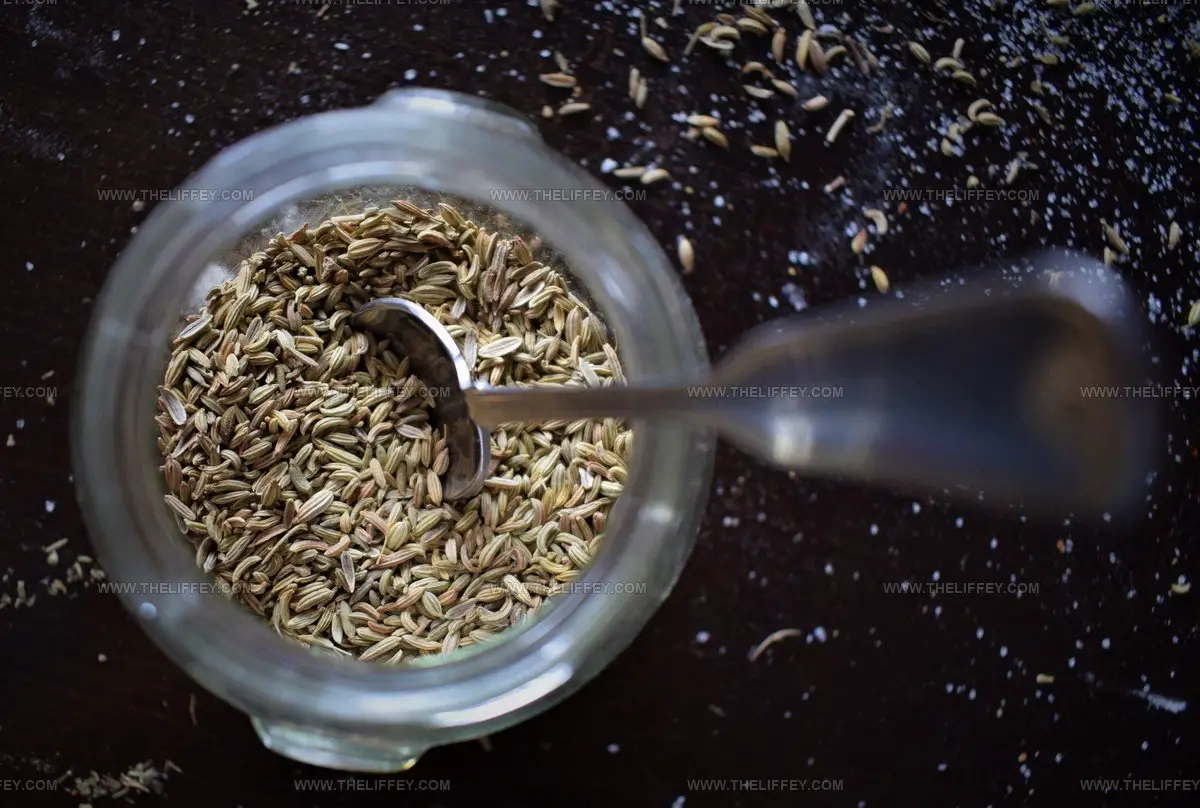
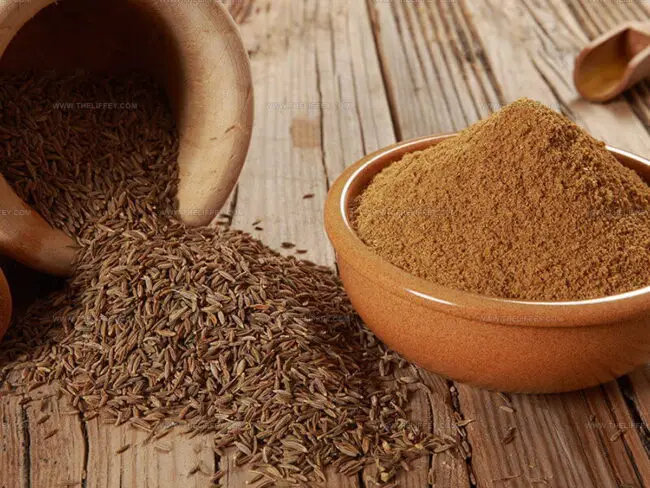

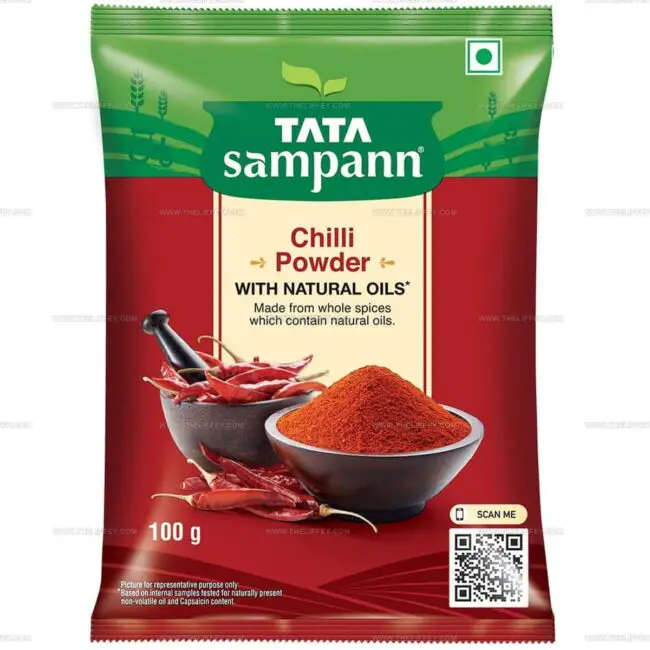
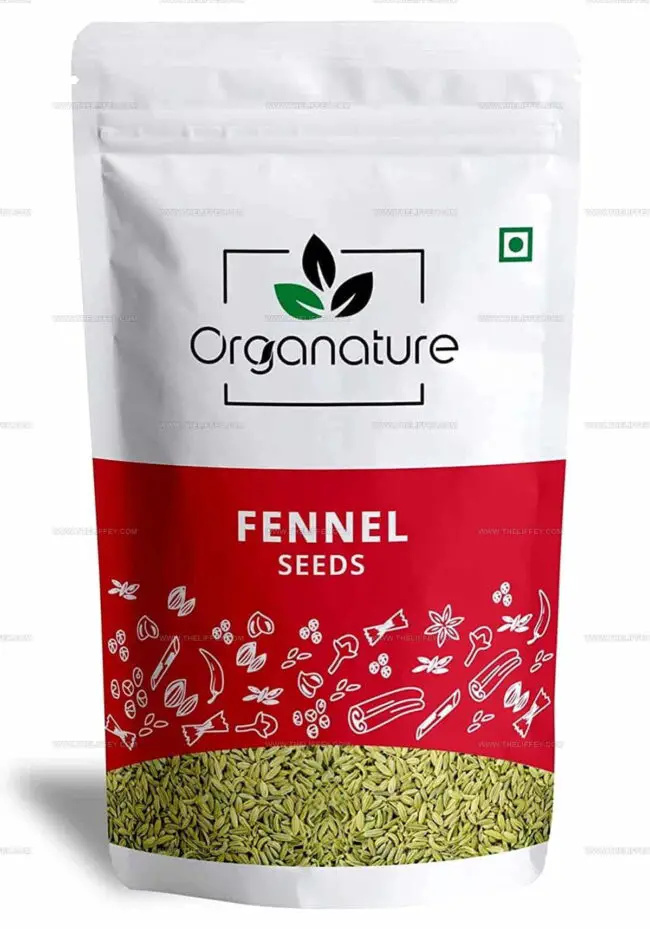
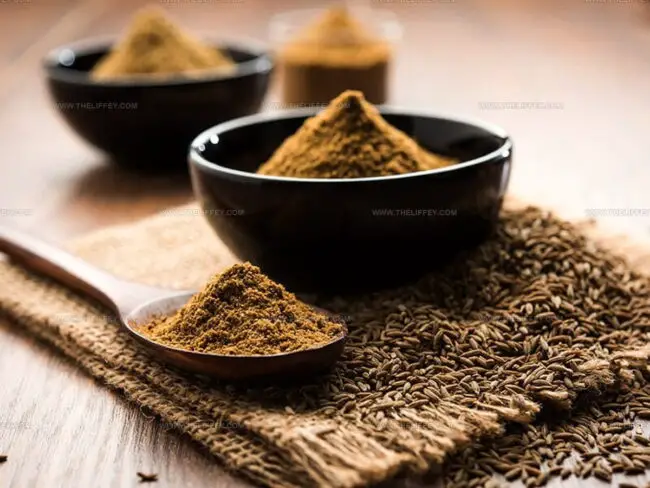
John Conley
Founder & Culinary Storyteller
Expertise
Recipe Development, Culinary Writing, Home Cooking Techniques, Seasonal Ingredient Utilization
Education
Lane Community College, Eugene, OR
Certificate in Culinary Arts
Focused on foundational cooking techniques, kitchen safety, and menu planning.
Gotham Writers Workshop, New York, NY
Course in Food Writing
Explored the art of crafting engaging culinary narratives and recipe development.
John grew up where food meant connection: big bowls, warm kitchens, and meals that told a story. After earning his Certificate in Culinary Arts from Lane Community College and diving deep into food writing at Gotham Writers Workshop, he found his calling: turning everyday recipes into something worth savoring.
At The Liffey, John’s focus is all about crafting dishes that feel easy, honest, and full of heart.